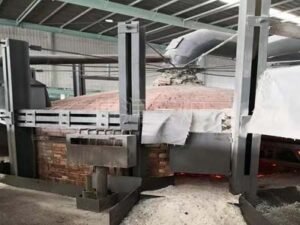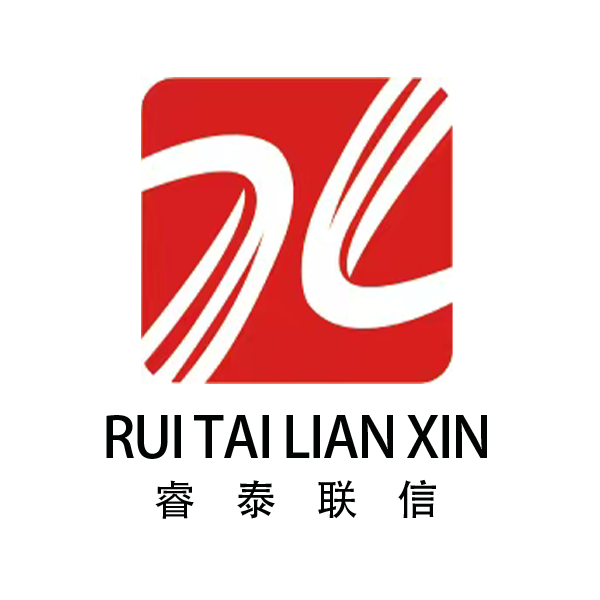Common refractory materials used in glass melting furnaces are mainly divided into four categories: fused casting refractory materials, sintered refractory materials, amorphous refractory materials and thermal insulation refractory materials. Each type of material contains several types. The chemical composition, physical properties, dimensional error and appearance type of refractory materials should comply with national standards or industry standards, and the latest revised version should be selected, otherwise they shall not leave the factory. Glass enterprises may require suppliers to provide performance indicators not included in national standards or industry standards according to actual needs, and may put forward requirements for certain performance indicators of refractory materials that are higher than the current standards. Refractory enterprises shall produce and supply according to the contract between the two parties.

1. Fused casting refractory materials
Fused casting refractory materials have excellent resistance to glass liquid corrosion and alkali vapor corrosion, and are furnace building materials for key parts of glass melting furnaces. Common types include Al2O3-ZrO2-SiO2 series ZrO2 33%, 36%, 41% zirconium corundum bricks and Al2O3 series α-β alumina bricks and β alumina bricks. There are two melting processes: oxidation and reduction. The reduction method has been gradually eliminated in my country. Casting methods include general casting (PT), tilted casting (QX), quasi-shrinkage-free casting (ZWS) and shrinkage-free casting (WS). In addition to general physical and chemical performance indicators, this type of brick has important performance indicators such as resistance to glass liquid corrosion, bubble precipitation rate and glass phase seepage temperature. Casting refractory materials should meet the performance requirements of the current standards of JC493 and JC494.
2. Sintered refractory materials
Sintered refractory materials are important supporting refractory materials used in many glass melting furnaces. Commonly used are silica bricks, alkaline bricks, zircon bricks, zircon mullite bricks, mullite bricks, sillimanite bricks, high alumina bricks, clay bricks, etc. Sintered refractory materials should meet the performance requirements of current standard rules such as YB/T5014, JC/T616, JC497, YB/T5011, GB/T2988, YB/T5108, YB/T5106, JC/T638, JC495, etc.
3. Amorphous refractory materials
The amount of amorphous refractory materials currently accounts for only 3%-4% of the amount of refractory materials in the melting furnace, but it is very important for the age of the melting furnace. Generally, amorphous refractory materials should use the same raw materials as shaped refractory materials (such as fused casting refractory materials and sintered refractory materials). Therefore, the commonly used types are equivalent to the corresponding shaped refractory materials. Unshaped refractory materials shall comply with the performance requirements of current standards such as GB/T2984, GB/T14982, YB/T384, YB/T5009, YB/T5083, and JC498.
4. Insulating refractory materials
Insulating refractory materials require small bulk density, low thermal conductivity, good thermal insulation, high refractoriness and mechanical strength, and no reaction with the refractory materials in contact. Commonly used insulating refractory materials include insulating bricks, ceramic fiber insulation boards, insulating (lightweight) castables, insulating coatings, and refractory fibers. Insulating refractory materials shall comply with the performance requirements of current standards such as GB/T3994, GB/T3995, YB386, and GB10699.
